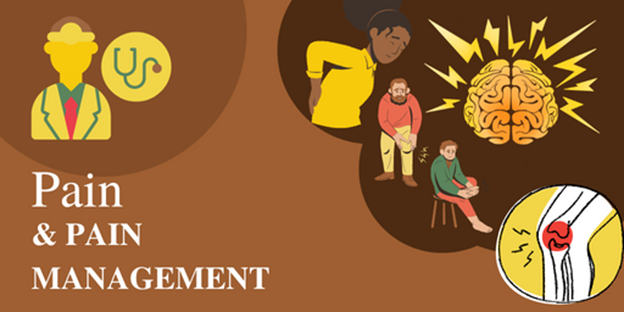Pain and Management by Nursing and Non-Nursing Interventions
Pain and Management: Pain Assessment and pharmacological and non-pharmacological pain management in nursing and golden tips.
What is Pain
Critically ill patients may experience severe pain during their stay in the ICU due to their illness, surgeries, tubes and lines, and other interventions. Many of these patients are unable to communicate due to tubes, confusion, delirium, or sedation. Pain also increases the body’s metabolic needs, so it needs to be treated properly and quickly. Long-term psychiatric problems can also arise due to uncontrolled pain in the ICU.
Pain Assessment
This becomes easy when the patient is alert and focused on the world around them and on themselves. Then the treatment can be carried out without any problems. Questionnaires, visual scales, or other rating systems can be used to objectively measure pain and response to treatment.
This becomes increasingly difficult when the patient is sedated or confused. If grimacing or abnormal movements are present and patients exhibit a sympathetic response such as sweating, tachypnea, tachycardia, or hypertension, pain should be suspected. The behavioral pain scale or the critical care pain monitoring tool can also be used.
Pain Management
Analgesics used in the intensive care unit must have few side effects and act quickly and without accumulation. It is desirable to achieve a pain score of 2-3 out of 10 in the ICU. Several classes of pain relievers are available and commonly used in the intensive care unit.
Paracetamol: It can be used orally or intravenously. Care must be taken to avoid overdosing on this medication, especially in the intravenous form. Also treat pyrexia if present.
NSAIDs: Can be used in a similar way to reduce inflammation and fever. Caution is advised as they can cause kidney damage, intestinal bleeding and occasionally flare-ups of bronchoconstriction. Because of this, they are not used as commonly in intensive care units as acetaminophen. Ketamine: It is an NMDA receptor antagonist. This is occasionally used as an adjunct in patients in the intensive care unit. it has opioid sparing properties but can produce psychotropic effects in some patients. Gabapentin: It is an analogue of GABA and is used for neuropathic pain.
Pregabaline is another drug of this type.
Clonidine and Dexmedetomidine: These are alpha agonists with some analgesic and sedative effects. Recently, they have been used more frequently in postoperative patients for fast-track situations, with some success. Clonidine can cause a drop in blood pressure, while dexmedetomidine is more stable at the cardiovascular level.
Opioids: Remain the mainstay for pain management in the ICU. They have a predictable and definitive effect on pain. Many medications are available depending on the needs and characteristics of the patient. This can range from ultra-short-acting opioids such as remifentanil to longer-acting ones such as diamorphine and morphine, among others.
Fentanyl and morphine are the most commonly used opioids for pain in the ICU. Adverse reactions include, but are not limited to, sedation, respiratory depression, gastrointestinal upset, hypotension, bradycardia, and chest wall stiffness. They can also lead to tolerance and dependence from time to time. Prudent use is warranted and bolus doses are preferred to infusions because of the risk of accumulation.
Other techniques such as local anesthetic infiltration, regional blocks, neuraxial techniques such as epidural analgesia should be considered in all patients to reduce the need for opioids and other analgesics.
Golden Tips
Evaluate pain in all patients using a visual or numerical scale and treat accordingly
Opioids remain the mainstay for pain management. Bolus doses should be preferred to continuous infusions
Due to the risk of accumulation, caution is required, especially in patients with renal insufficiency.
